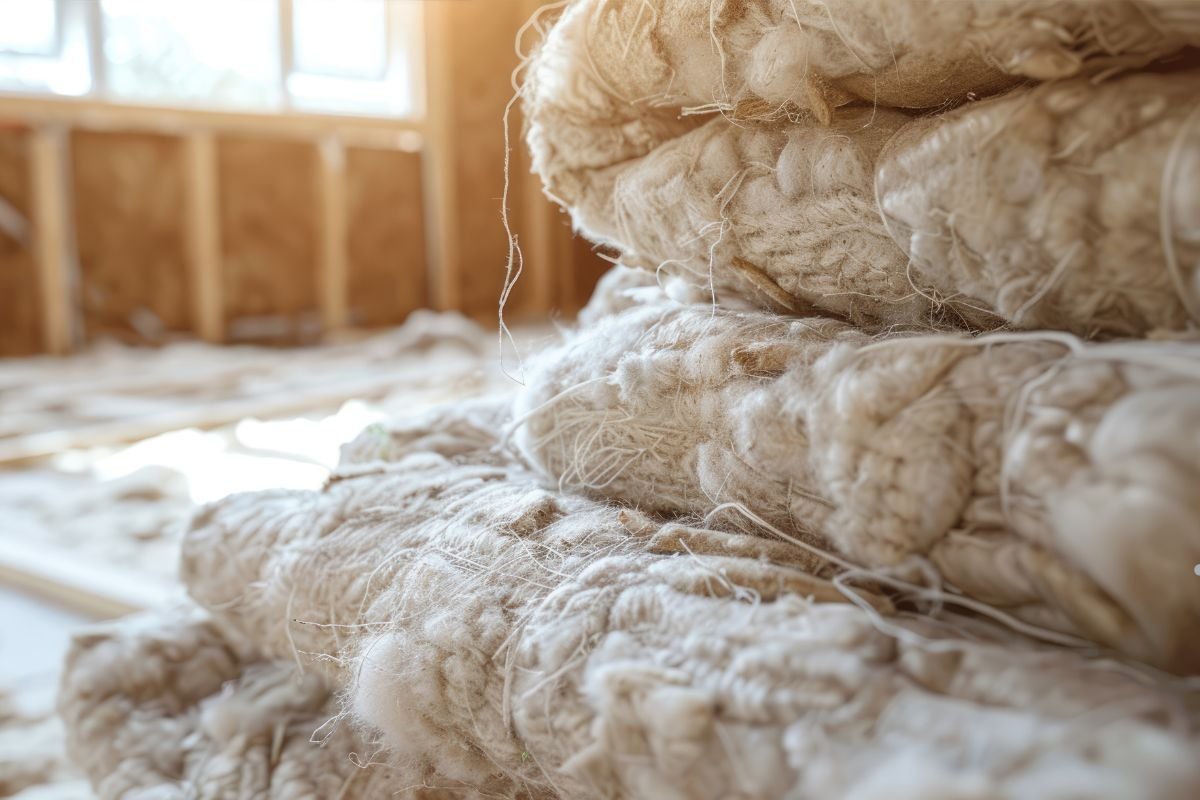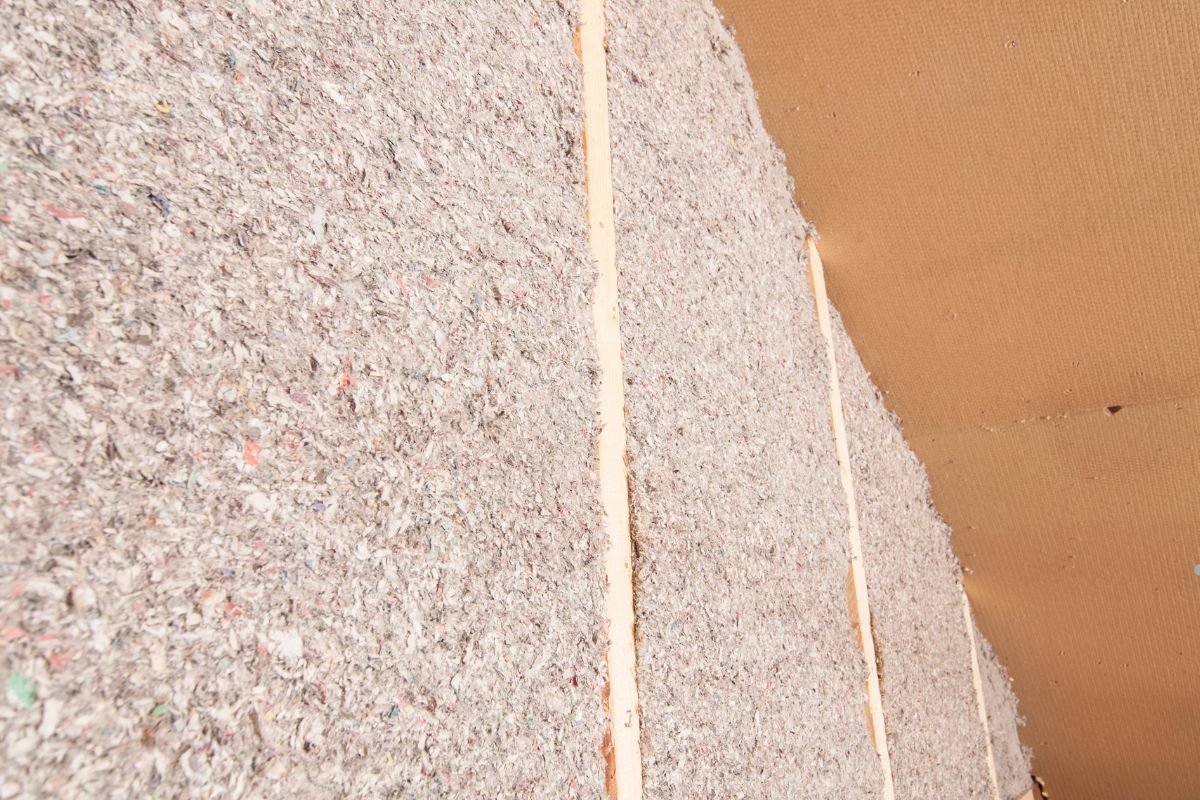
Feeling the chill in the winter or the heat in the summer more than you should? Proper home insulation is key to comfort and energy efficiency, but the cost can be a concern. The good news is you can significantly save money on your insulation project without cutting corners., choosing cost-effective materials, considering DIY for simpler tasks, diligently comparing quotes from reputable contractors, taking advantage of available rebates and tax credits, and optimizing the scope and timing of your project. Let’s dive into how you can make your insulation upgrade more affordable.
Understand Your Insulation Needs First
Before investing in insulation, it’s crucial to understand your home’s current insulation levels. Guessing can lead to wasted money—either by under-insulating or overspending in unnecessary areas. A professional home energy audit helps identify exactly where your home is losing heat in winter and gaining it in summer, using tools like infrared cameras. Common problem areas include attics, crawl spaces, basement rim joists, and walls. Additionally, knowing the recommended R-value for your climate zone ensures you get the best results. The R-value measures thermal resistance—the higher it is, the better the insulation performance. Targeting critical areas for improvement maximizes energy savings and home comfort. We offer comprehensive insulation assessments, expert installation, and energy-efficient solutions tailored to your home’s needs. Our team ensures you get the right insulation in the right places for long-term savings and comfort.
Choose Cost-Effective Insulation Materials

Insulation comes in various types, each with its own price point, R-value per inch, and installation complexity. Comparing your options is vital for staying within budget.
- Fiberglass: Often the most budget-friendly option, available in batts/rolls and blown-in form. It’s relatively easy to install (especially batts), but requires careful handling to avoid skin/lung irritation.
- Cellulose: Typically made from recycled paper, cellulose is usually blown into cavities (attics, walls). Its cost is generally comparable to or slightly higher than fiberglass, offering good R-value and air-sealing properties.
- Spray Foam: Available in open-cell and closed-cell varieties, spray foam offers the highest R-value per inch and excellent air sealing. However, it’s also the most expensive material and requires professional installation. While the upfront cost is high, its superior performance can lead to greater long-term energy savings. Consider if the spray foam cost comparison makes sense for your specific situation and budget.
- Mineral Wool (Rock Wool): Similar in cost or slightly higher than fiberglass, it offers good fire resistance and soundproofing.
- Recycled Options: Consider materials like recycled denim insulation, which can be both budget-friendly and environmentally sustainable. However, don’t just focus on material costs—installation expenses matter too. Some materials, like spray foam, require specialized equipment and expertise, leading to higher labor costs when hiring a professional. We help you choose the best insulation for your budget and needs, ensuring expert installation for maximum efficiency.
Consider a DIY Approach (Where Appropriate)
Want to slash labor costs? Tackling some insulation tasks yourself is a viable way to save money, if you have the skills, time, and necessary tools, and prioritize safety. Assess your comfort level with home improvement projects.
Easier DIY insulation projects often include:
- Rolling out fiberglass batts on an accessible attic floor.
- Insulating crawl space rim joists with rigid foam board or batts.
- Air sealing gaps and cracks with caulk or spray foam sealant cans before insulating.
Safety is paramount. Always wear appropriate personal protective equipment (PPE): gloves, long sleeves, eye protection (goggles), and a dust mask or respirator, especially when working with fiberglass or cellulose. Be mindful of electrical wiring, recessed lighting fixtures (ensure they are insulation-contact rated or build protective boxes), and proper ventilation.
Complex tasks like dense-packing walls with cellulose or installing spray foam are best left to professionals due to the specialized equipment and techniques required. Know your limits a poorly executed DIY job can be ineffective or even create moisture problems.
Get Multiple Quotes from Reputable Contractors
Unless you’re tackling the entire project DIY, hiring the right contractor is crucial – and getting multiple quotes is non-negotiable for saving money. Don’t just jump at the first offer or the lowest price without scrutiny.
- Research Local Installers: Look for well-established, licensed, and insured insulation contractors [Internal Link: Anchor Text: licensed, and insured insulation contractors | Suggestion: Link to your ‘Why Choose Us’ or ‘About Us’ page highlighting credentials] in your area. Check online reviews and ask for recommendations.
- Request Detailed Bids: Contact at least three different companies. Provide them with the same information about your project scope (areas to be insulated, desired R-value, preferred material if any). Ask for itemized quotes that clearly break down costs for materials, labor, and any other fees (like removal of old insulation).
- Compare Apples-to-Apples: Carefully review each bid. Is the R-value the same? Is the square footage covered identical? Are they using the same quality of materials? A lower price might mean a lower R-value or less coverage.
- Check References & Insurance: Request references from recent customers and verify that contractors carry both liability and worker’s compensation insurance. This safeguards you from potential liability in case of accidents or property damage. Working with a trusted, experienced contractor ensures proper installation, maximizing your insulation’s performance and longevity For professional, insured insulation services, call us today!
Take Advantage of Rebates and Tax Credits
Don’t leave free money on the table! Numerous financial incentives can significantly reduce the net cost of your insulation project. These often come from various sources:
- Federal Tax Credits: The US government often offers tax credits for energy-efficient home improvements, including insulation. Check the current federal energy incentives to see what’s available for the current tax year and the specific requirements (e.g., insulation type, R-value).
- State & Local Programs: Many states, counties, and municipalities offer their own rebates, grants, or loan programs for energy efficiency upgrades. Search the DSIRE database(Database of State Incentives for Renewables & Efficiency) for programs specific to your location.
- Utility Company Rebates: Your local electric or gas utility provider frequently offers rebates for insulation projects, as it helps reduce overall energy demand. Check your utility company’s website or call them directly to inquire about current utility insulation programs .
Carefully review the eligibility requirements for each program – they often specify minimum R-values, types of insulation, or require installation by certified contractors. Applying for these incentives can shave hundreds, sometimes thousands, off your project cost.
Optimize Your Project Scope & Timing

Being strategic about what you insulate and when can also lead to savings.
- Prioritize Critical Areas: If your budget is tight, focus on the areas with the biggest impact on energy loss first. For most homes, this means the attic followed by crawl spaces and basement rim joists. Wall insulation is important but often more complex and expensive to retrofit. Addressing the biggest energy drains first yields the quickest and most significant return on investment.
- Consider a Phased Approach: You don’t necessarily have to insulate your entire house at once. If funds are limited, insulate the attic this year and tackle the crawl space next year. Discuss a phased plan with your contractor.
- Off-Season Installation: Many insulation providers offer discounts during slower seasons like spring and fall. Being flexible with your scheduling can help you secure better pricing. Planning your project strategically ensures your budget is spent wisely, potentially allowing you to complete it in phases without financial strain. Take advantage of seasonal savings—call us today to discuss your insulation options!
Frequently Asked Questions (FAQs)
Here are answers to common questions about saving money on insulation:
What is the most budget-friendly insulation type?
Generally, fiberglass batts and blown-in cellulose tend to be the most affordable insulation materials upfront. While effective, they may require more thickness to achieve the same R-value as more expensive options like closed-cell spray foam. The “best” budget option depends on the specific application area and your R-value targets.
Can I really save money doing insulation myself?
Yes, you can save significantly on labor costs by doing some insulation work yourself, particularly in easily accessible areas like attic floors or crawl spaces. However, factor in the cost of tools, materials, your time, and the importance of proper safety precautions and installation techniques. For complex jobs or areas requiring specialized equipment (like wall cavities or spray foam), professional installation is usually recommended for optimal results and safety.
How much can new insulation lower my energy bills?
Savings vary widely based on factors like your climate zone, the initial condition of your home’s insulation, the extent of the upgrade (R-value achieved), the type of insulation installed, and your energy consumption habits. However, homeowners can often expect to see energy bill reductions energy bill reductions to EPA or DOE resources on typical insulation savings of 10% to 20% or even more, particularly when significantly upgrading insulation in key areas like the attic.
Where can I find insulation rebates and tax credits?
Start by visiting the ENERGY STAR website for details on federal tax credits. Then, check the DSIRE database to explore state and local incentives. Finally, review your electric and gas utility provider’s website or reach out to them directly—many offer exclusive rebate programs for their customers. Need help navigating your rebate options? Contact us today for expert guidance on maximizing your savings!
